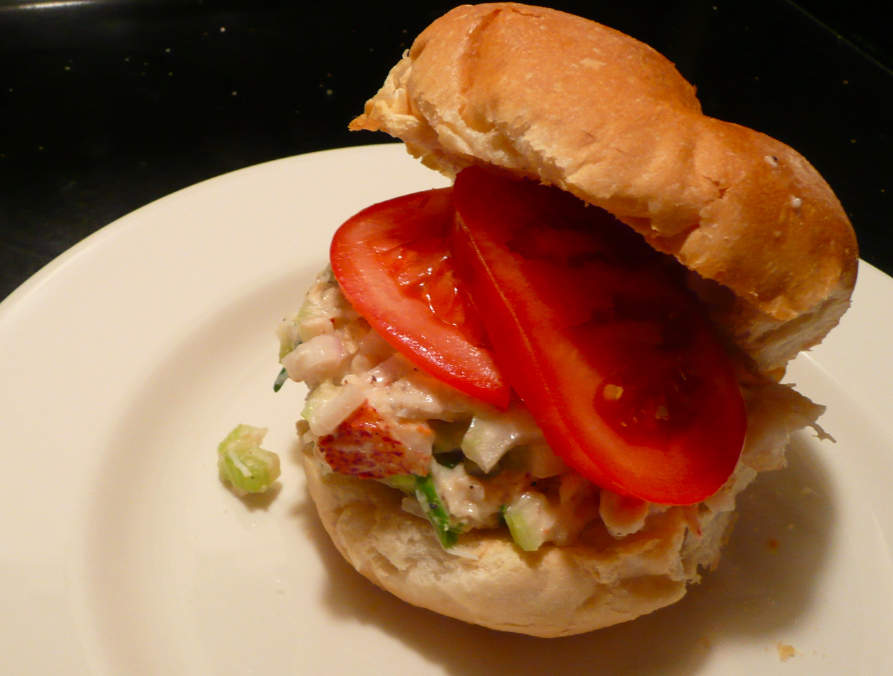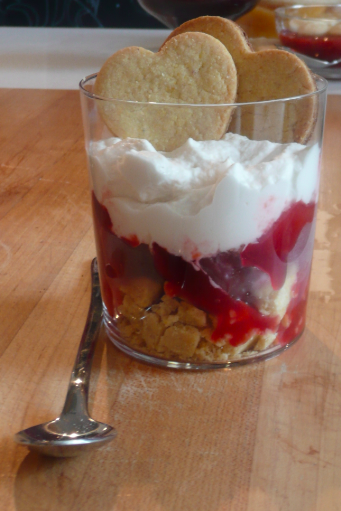Lobster Rolls on the Grill
 Tuesday, June 26, 2012 at 3:01AM
Tuesday, June 26, 2012 at 3:01AM 
Everyone knows that the best thing to do with leftover lobster is make lobster salad. It’s so good, in fact, that when shopping for my annual Cape Cod lobster boil I always buy a couple extra crustaceans just to make sure there’ll be enough pickins for a lobster roll lunch the next day.
Served hot or cold, with creamy mayo or drawn butter, lobster rolls have captured New York foodies in their tasty clutches. Having partaken in a gut-busting lobster crawl across the island of Manhattan, I can tell you that I’m partial to Luke’s Lobster, which serves Maine style rolls – a butter-toasted bun piled with chunks of chilled claw and knuckle meat, topped with a light smear of mayo and a hit of their “secret” spice blend.



